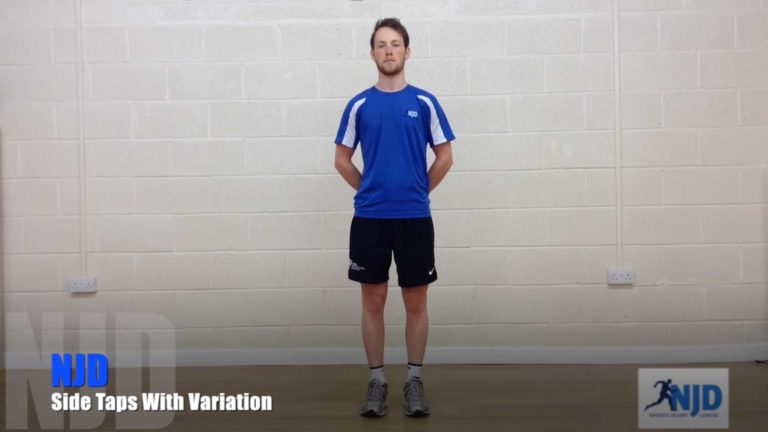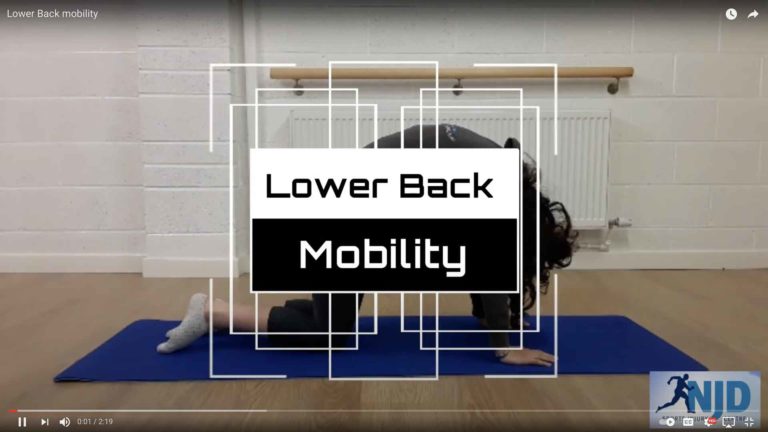I see more and more patients presenting with complex pain patterns. I wonder if this is just me or is this happening to many other therapists?
Certainly therapists attending workshops over the last couple of years have commented that this was their experience also.
Therefore subjective assessment has been increasingly important. At the workshops we have discussed that this part of our assessment procedure can be often brushed over, or never looked at in enough depth like objective assessment.
When you start to investigate what people have to say about subjective assessment, many of the findings have been categorised into ‘flags’.
- Yellow flags are about the Person (thoughts, feelings, behaviours)
- Blue flags are about the Workplace (work and health concerns)
- Black flags are about the Context (relevant people, systems and policies).
(Borrowed from TSO Shop)
The flags can help others who may be required to read our notes, if we are sick or for insurance purposes. They help to create a picture of information gathered at the subjective assessment.
The question I would pose would be, ‘Does this just create more tick boxes, or does it provide a clearer context in which to lead our subjective assessment?’
I believe there is a need to be confident in being able to create a good rapport with our patients. Maitland states in Vertebral Manipulation 5th Edition “Skill in communication is necessary if instructions are to be given to a patient, so that the possibility of being misunderstood is to be avoided. The learning of this skill requires patience, humility, clarity and self criticism. Without them, good rapport with patients will not be achieved”.
I believe we have to have systems in place, but still maintain good rapport to gain the full picture. With the full picture we can tailor the best treatment for our patient; a treatment which will enable them to feel most comfortable.
There is some interesting research by Lorimer Moseley, (Moseley GL et al 2004 A RCT of intensive neurophysiology education in chronic low back pain. Clinical Journal of Pain 20:324-330) about by which explaining to the patient all about their pain, they achieve a quicker and more successful outcome to their problem.
I have found I can achieve this at the point of subjective assessment, leading to the patient feeling much more at ease, leading to an increase in my findings during the objective assessment.





